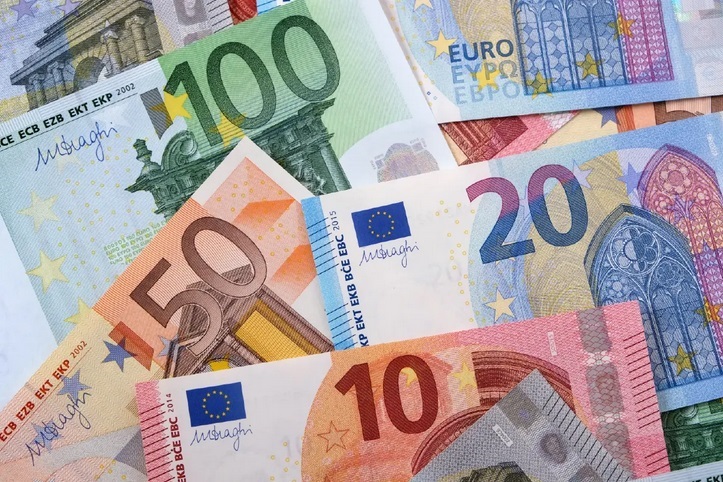
PATTAYA, Thailand – For over 80 years, the US dollar has reigned as the world’s preeminent reserve currency, serving as the backbone of international trade, finance, and economic stability. From oil deals to central bank reserves, the dollar’s dominance has been nearly absolute. But in a shifting geopolitical landscape marked by debt concerns, political uncertainty, and a desire for financial diversification, serious questions are now being raised: Is the euro ready to step up as the next global standard?
Recent market movements suggest a growing retreat from the dollar. The US Dollar Index (DXY), which tracks the dollar against a basket of global currencies, has fallen below the critical 100 level — a psychological benchmark signaling potential long-term decline. At the same time, investors have begun offloading US Treasury bonds, traditionally seen as the safest assets in the world. Their concerns center on ballooning American debt, the Federal Reserve’s uncertain policy direction, and a hyperpolarized political environment.
In this climate of instability, many are seeking safer, more predictable alternatives. Gold remains a trusted store of value, but impractical for use in global commerce. The Swiss franc and Japanese yen offer some safe-haven appeal but lack global scale. China’s yuan, though growing in international use, remains tightly controlled by Beijing and heavily politicized.
That leaves the euro — and Europe is now making a convincing case.
After surviving its own existential crisis during the 2010s — when Greece, Portugal, and other economies teetered on default — the eurozone has emerged stronger. Structural reforms, tighter fiscal rules, and a commitment to shared stability have positioned the euro as more than just a currency — it’s now a symbol of collective resilience.
One of the most significant changes has been the European Union’s move toward deeper fiscal integration. For the first time, the EU has begun issuing common debt, pooling resources to fund recovery and infrastructure projects across the bloc. Germany, long known for its strict fiscal policies, has also taken steps to increase defense spending and support collective European efforts — marking a strategic shift with global implications.
This unified approach contrasts sharply with the US, where policy direction swings dramatically with each election cycle. While the EU’s consensus-driven governance may appear slow, it offers something the markets increasingly value: predictability and institutional discipline.
Investors Are Paying Attention
International investors and sovereign wealth funds are gradually reallocating portfolios, with more capital flowing into euro-denominated assets. European bonds, backed by both national governments and the collective strength of the EU, are attracting interest as a more stable long-term investment option.
While the dollar still dominates — accounting for around 58% of global reserves as of 2024 — the euro is quietly regaining lost ground, now representing close to 21%, and growing. If this trajectory continues, it could reshape global finance over the next decade.
The implications of such a shift would be profound: reduced US leverage in global affairs, increased transaction costs for countries still pegged to the dollar, and a more multipolar financial system — one less centered around Washington, and more reflective of a changing world.
Still, the euro’s path is far from guaranteed. The EU must continue to navigate internal political divisions, demographic decline, and geopolitical threats from its eastern borders. Moreover, for the euro to truly rival the dollar, it will need deeper capital markets, greater financial transparency across all member states, and the political will to endure future crises together.
But if the past decade has shown anything, it’s that the euro is more resilient than many once believed. And as the US struggles to maintain the confidence of international markets, the euro’s quiet rise could soon become a global reckoning.







